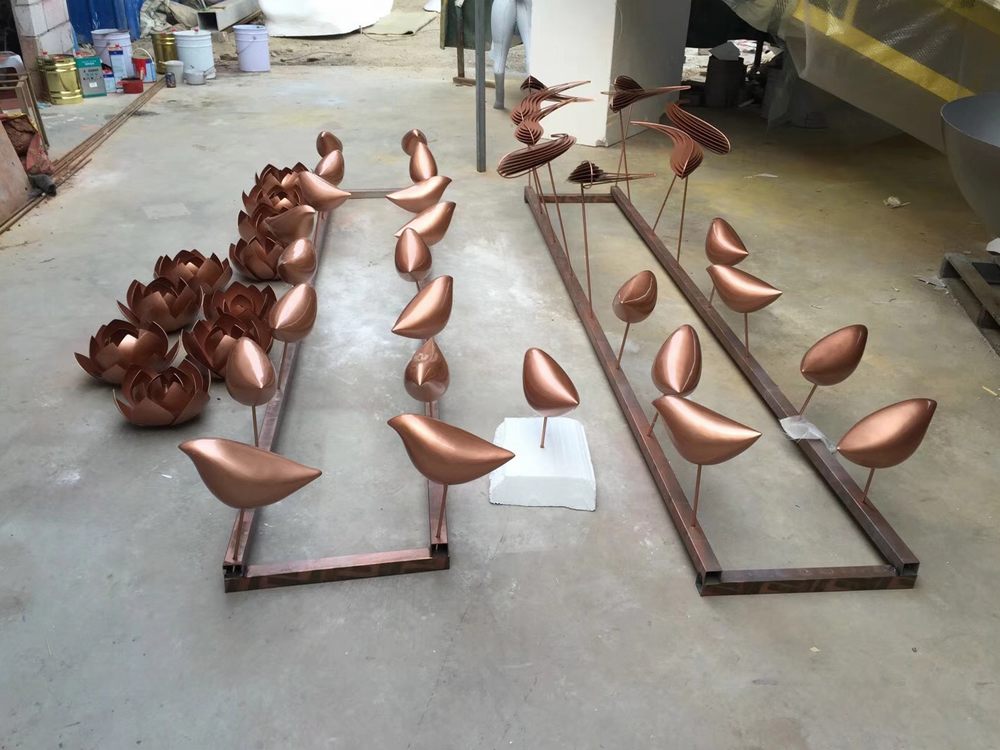
In the realm of stone sculpture, fragmentation and broken forms are not merely accidents but deliberate artistic choices that breathe life into inert materials. Artists employ these techniques to evoke emotion, challenge traditional aesthetics, and reflect the complexities of human experience.
Fragmentation in stone sculpture often serves as a metaphor for imperfection, transformation, or decay. By intentionally leaving surfaces rough or breaking forms apart, sculptors create tension between the solidity of stone and the illusion of fragility. This contrast invites viewers to engage with the artwork on a deeper level, questioning notions of wholeness and permanence.
Contemporary artists frequently use broken forms to comment on modern society's fractured nature. The deliberate inclusion of cracks, missing pieces, or asymmetrical compositions can represent psychological states, societal divides, or the passage of time. Some sculptors even incorporate natural erosion processes into their work, allowing weather and environment to participate in the creative act.
Technically, working with fragmented stone requires mastery of both traditional carving methods and innovative approaches. Artists must understand stone's structural limits to create the appearance of precarious balance or intentional disintegration. The interplay of light and shadow across broken surfaces adds dynamic visual interest, transforming static stone into seemingly animated forms.
From ancient ruins reinterpreted by modern sculptors to entirely abstract compositions, fragmentation continues to redefine stone sculpture's possibilities. These broken forms remind us that beauty often resides in imperfection, and that art, like life, gains meaning through its vulnerabilities and transformations.

